November 11 to November 17, 2023
We spend some time exploring the beautiful areas around Savannah Georgia and meet some incredible people.
We left Beaufort around 1130h Saturday morning to get four hours of motoring under our hull, again along the ICW, towards Savannah where we hoped to spend a few days. It was cold and rainy in comparison to the last few days, so we traveled with the full enclosure zipped up and hot chocolate in hand. It was an uneventful day, other than passing a dinghy regatta just as the start sounded. The sailors looked to be 10-12 years old and were racing Optimists, which is what our kids learned to sail on. Nostalgia, and oh to have a year-long sailing season! Neither Shane or I are sure our notes are accurate for our anchorage Saturday night, but we think it may have been Isle of Hope on the Skidaway River.
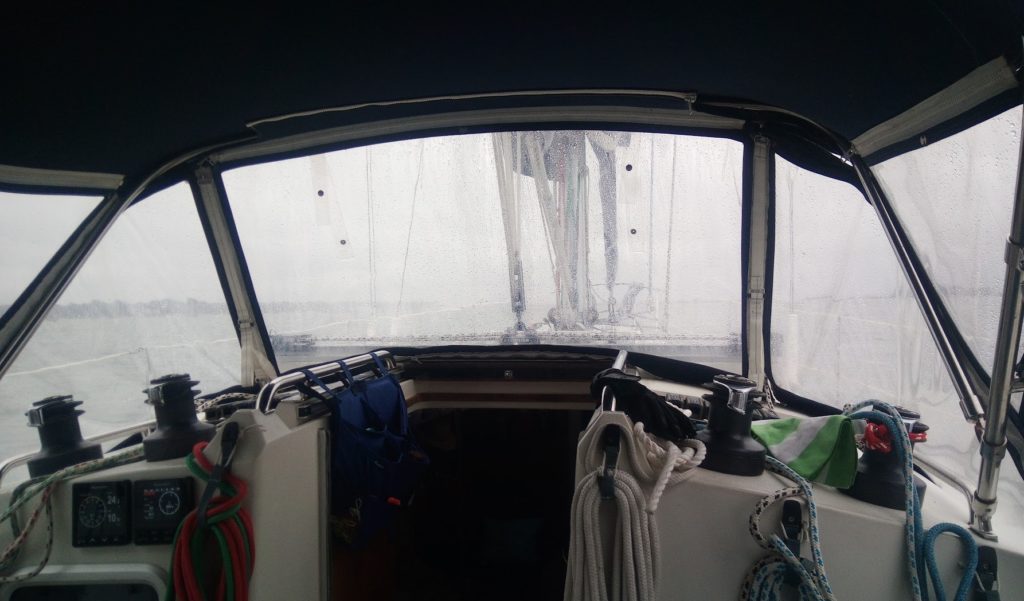
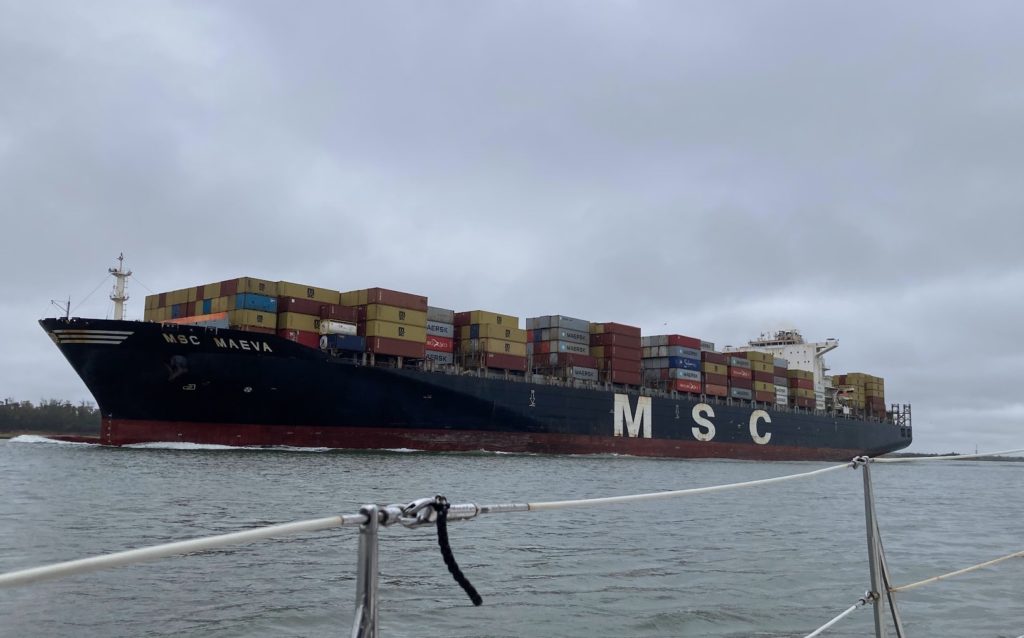
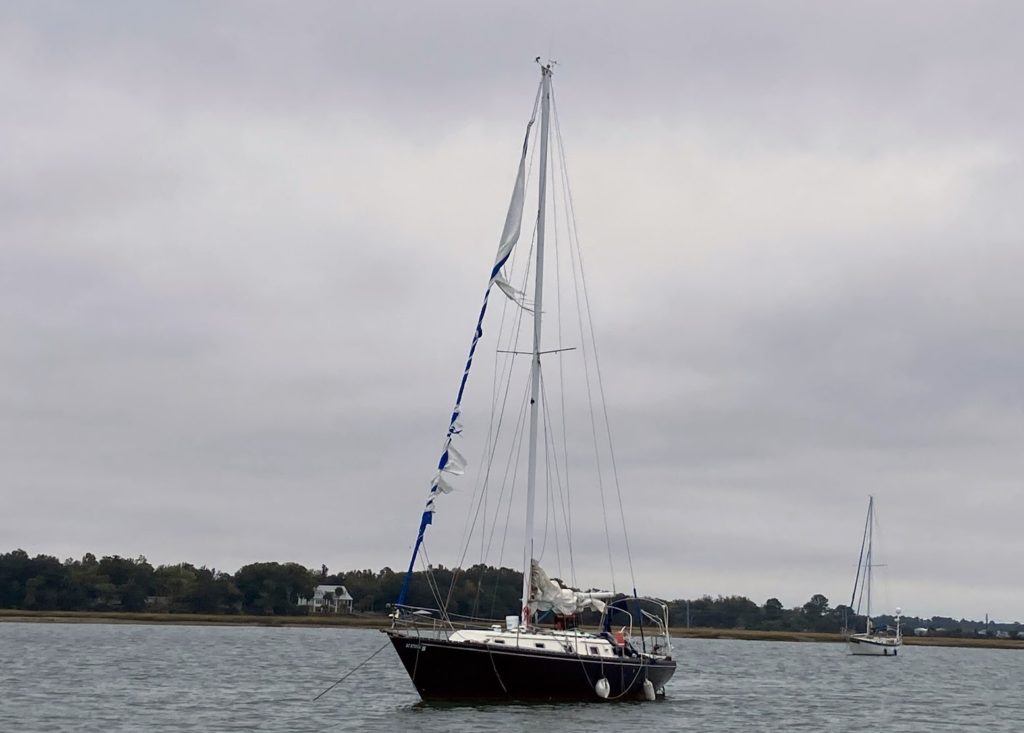
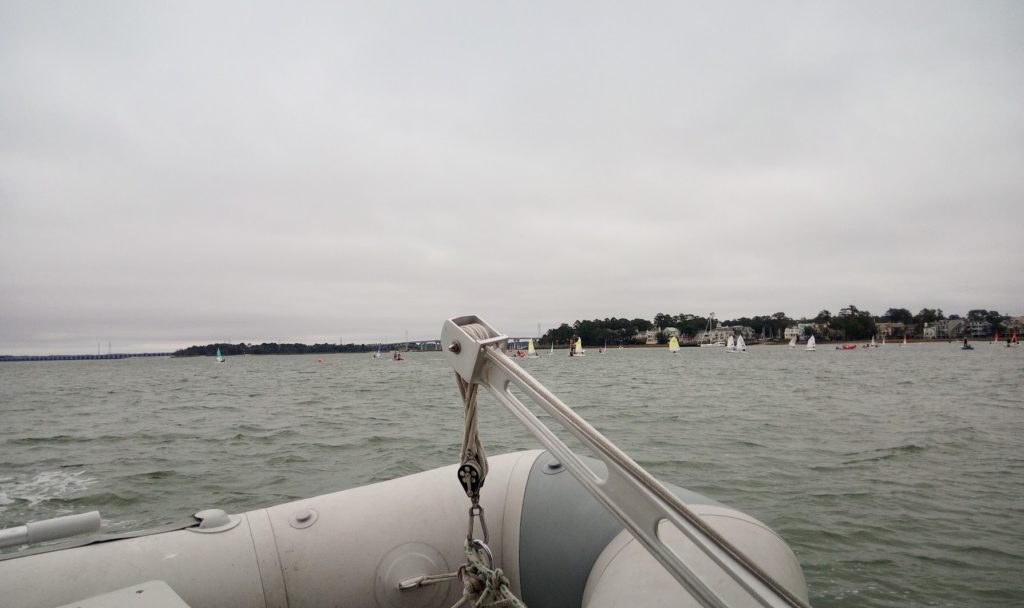
Although we’re not entirely sure where we threw down the hook Friday, I remember it was a deep anchorage with high current and strong winds that had us anchor sailing all night. We don’t trust deep anchorages, and our anchor alarm did go off. We aren’t sure if we actually dragged or it alarmed with the tide change or a GPS glitch. If we did drag, we reset quickly. We also had issues with the mast pumping. Shane tried to adjust the rigging and attached our baby stay, but it was still loud. Overall, we didn’t get a great sleep. The morning brought its own challenges when we tried to haul up the anchor. The rode was taut and because it was a deep anchorage, there was a lot of chain out. I gave up, exchanged places with Shane and took the helm. Shane had troubles too, even when trying to use our inboard motor to pluck up the hook. We eventually got moving by attaching a chain hook and running a line aft to our manual winch. We were tired, grumpy and frustrated when all was done 30 plus minutes later. Once we were underway, we agreed to give each other a little space and travelled in silence for an hour or so.
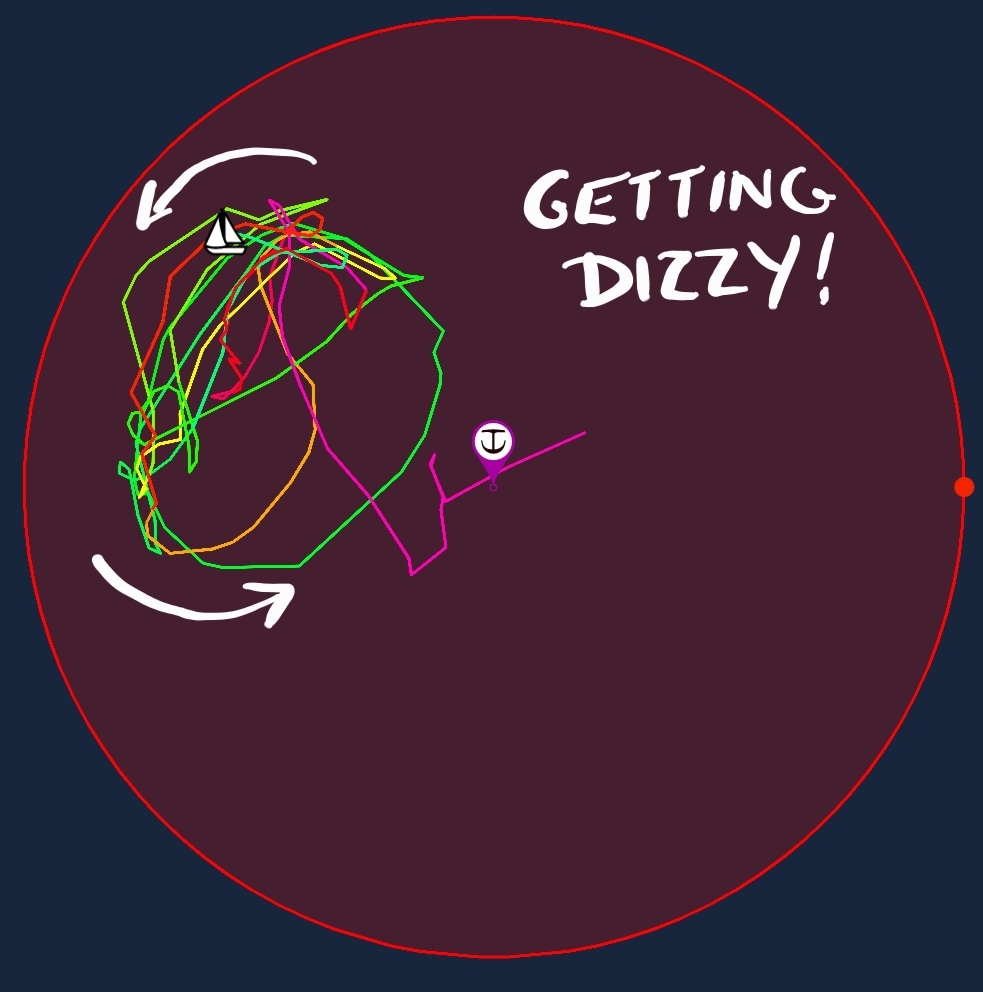
To get to Savannah, we had to get through the Causton Bluff-Sam Varnedoe Bridge. This bridge was under demolition, and had already been replaced by a 65’ fixed bridge. We had read it was only open to traffic between 12-14h, so we timed our departure accordingly. However, when we arrived, the old bridge appeared to be permanently lifted. We panicked for a moment just before we passed under, noticing the tide boards were reading a 20’ height, but then realized the boards were for the old bridge. Phew! We decided to treat ourselves to a marina in Savannah, as we had heard the public docks could be crowded, were in bad shape and exposed to large wakes from passing boats. We wanted fuel and a pump out at the marina before going to our slip. Shane white-knuckled Foggy onto the fuel dock, then our slip, against some pretty strong, strange current, in a direction that was against the recommendations of our dockhand. Luckily, the dockhand and a couple of fellow sailors, Al and Linda from Aura (who we’d met briefly at the Charleston dinghy dock) caught our lines and pulled us in without issue. We had drinks with Aura that night on their beautiful Cheo Lee 43, after a video call with our family to mark our son, Owen’s, 19th birthday!
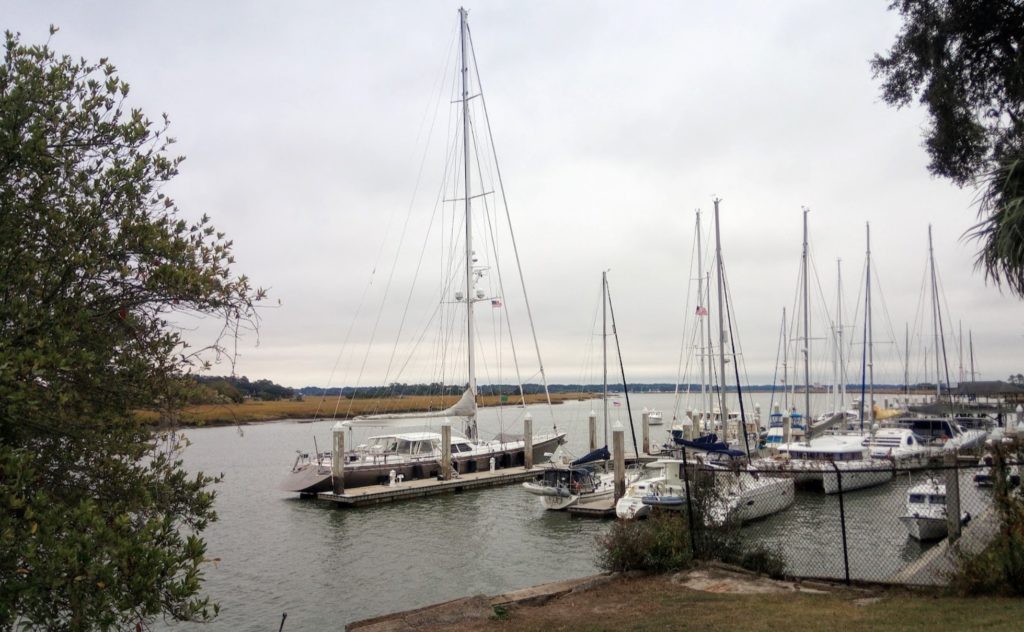
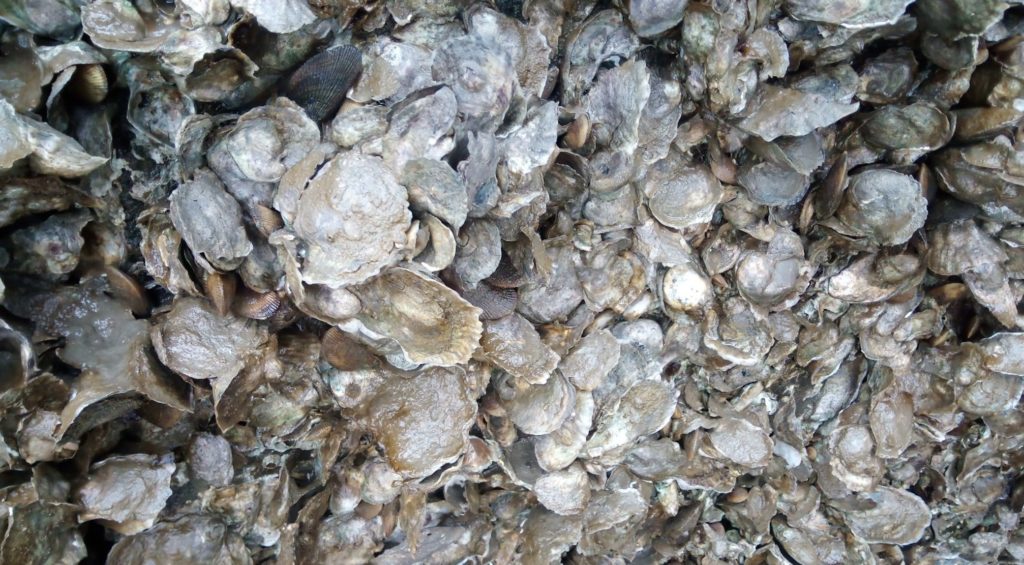
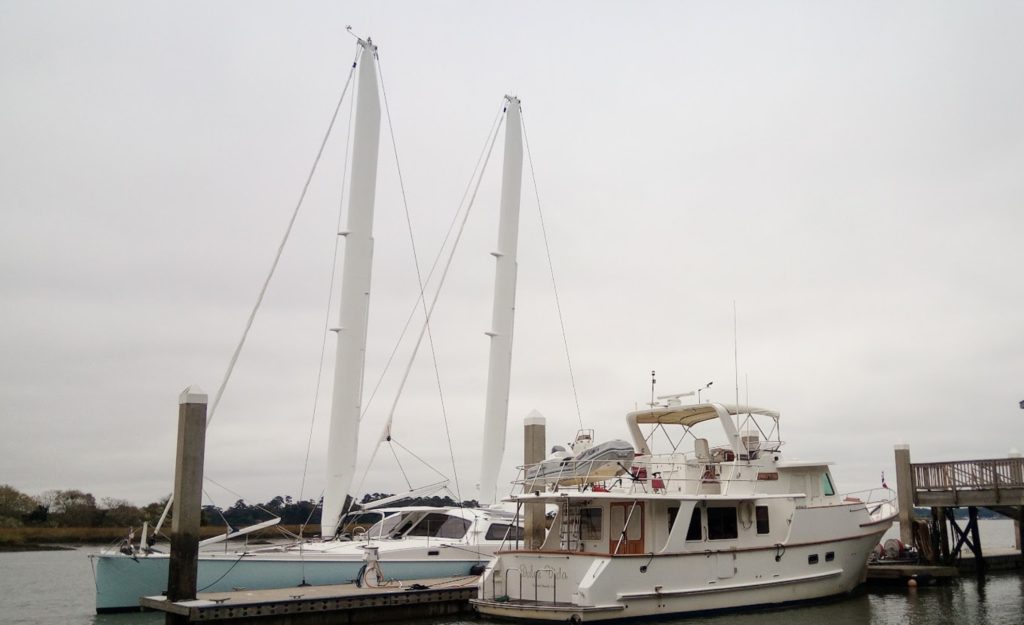
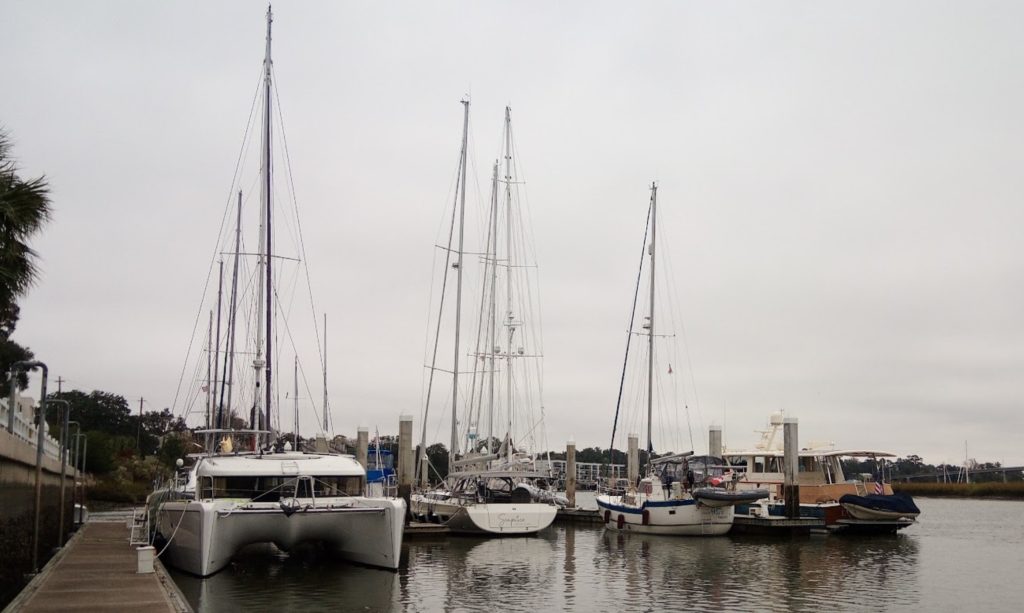
On Monday, we did laundry (blah)…but also rented a car to explore Tybee Island. Vitae joined us. The island beaches are beautiful, wind blown and rugged; the Island community is a funky little haven. We spent some time looking for a bird sanctuary, but are not sure we ever found it, and if we did, it was small. We had lunch at Huc-A-Poos, sharing a ridiculously large pizza for a ridiculously low price. We marked our Huc-A-Poo visit by signing a one-dollar bill and stapling it to the wall with hundreds of others. Next stop was Savannah’s waterfront. We had a look at the facility docks, which were, in fact, in great shape; had power, but no water; had some space available, but did leave boats vulnerable to waking. We fell in love with Savannah’s architecture, stretches of staircases and Spanish moss adorned trees.
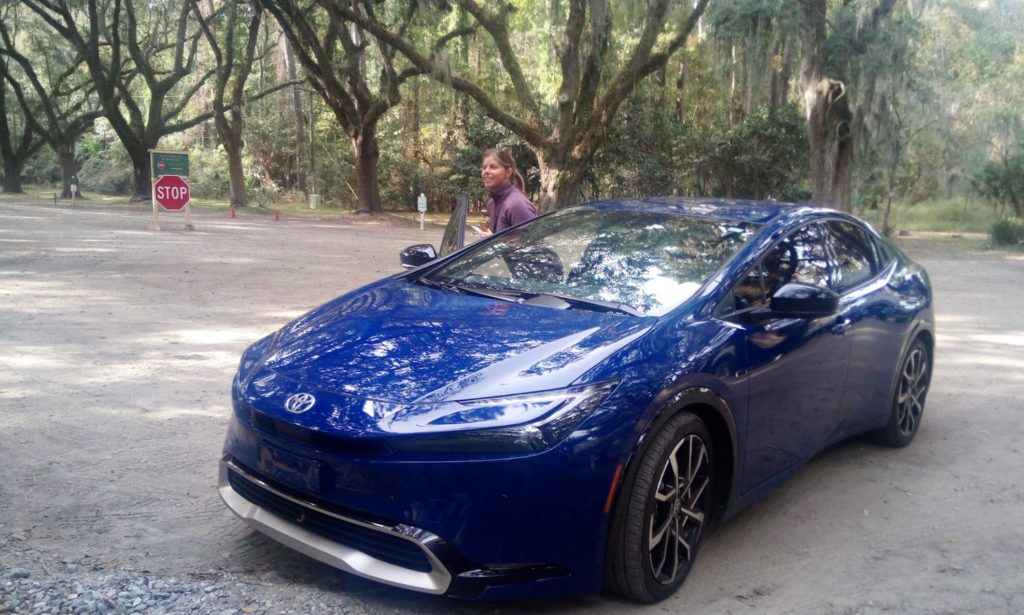
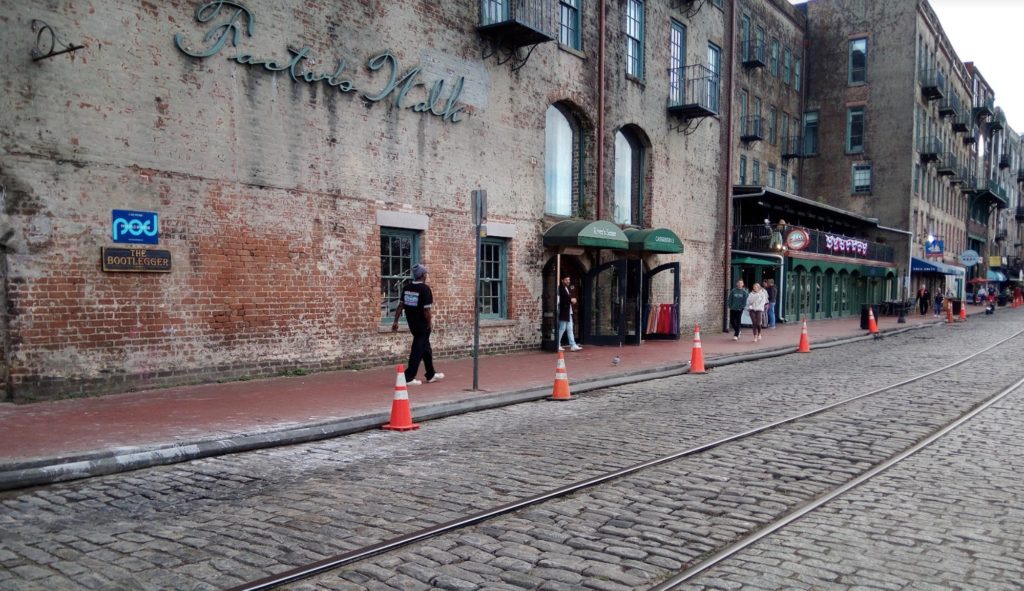
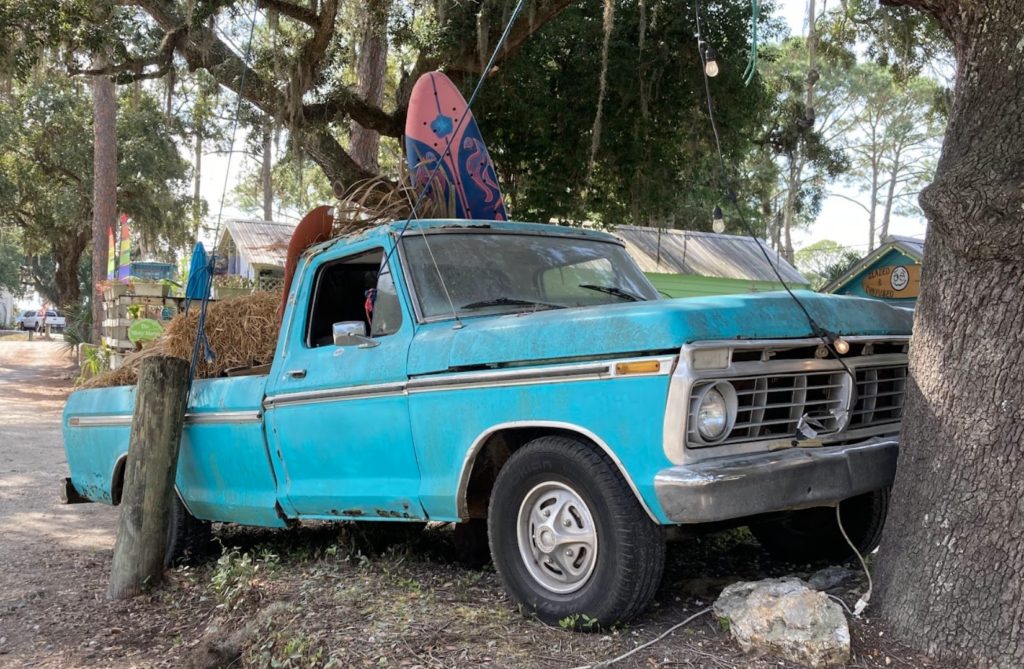
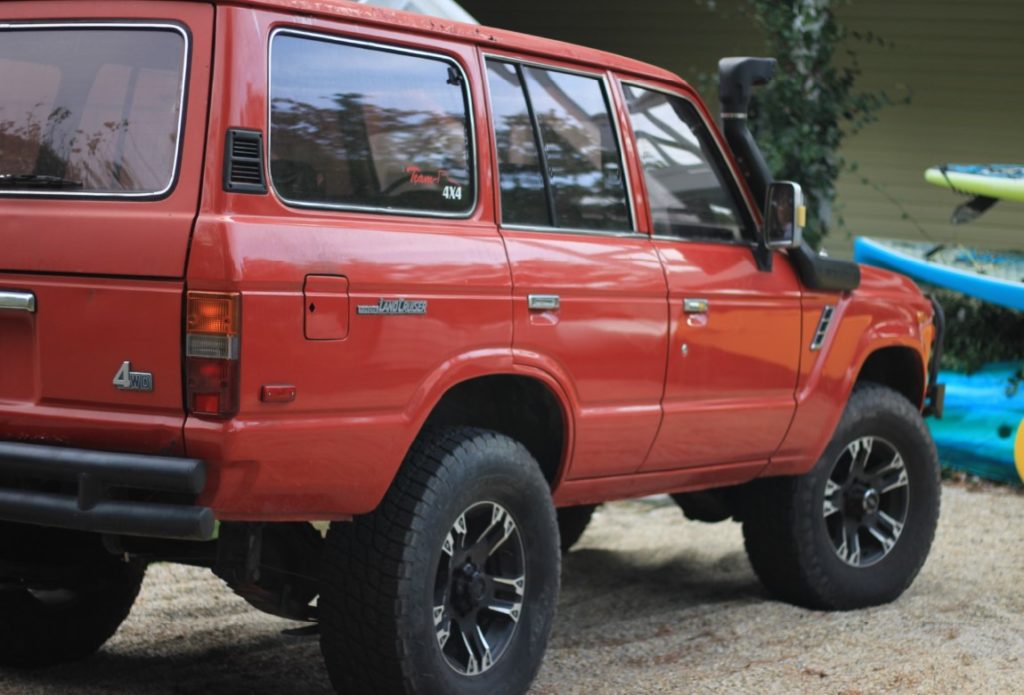
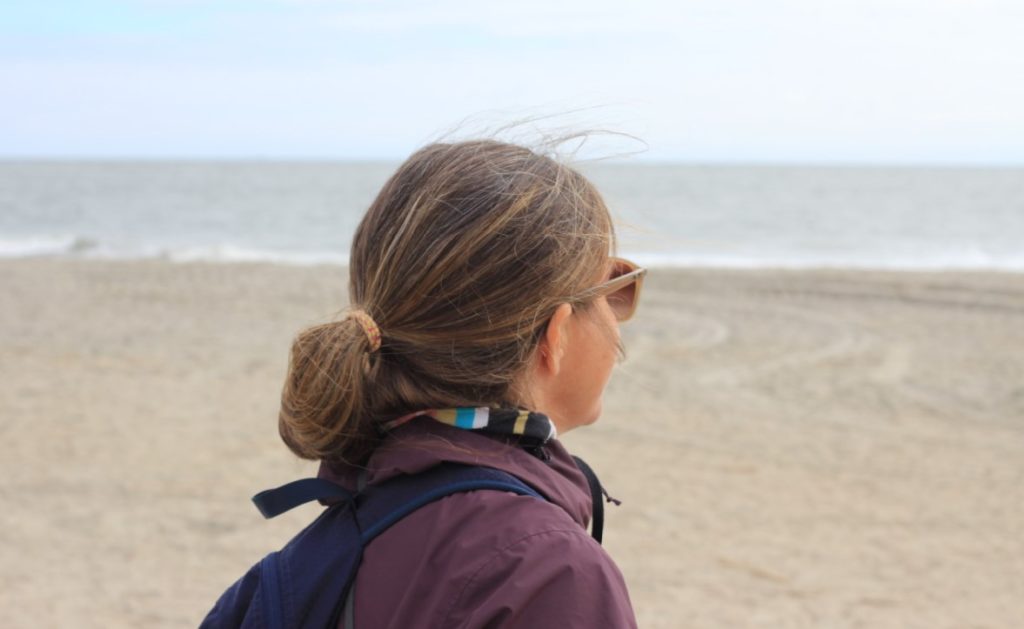
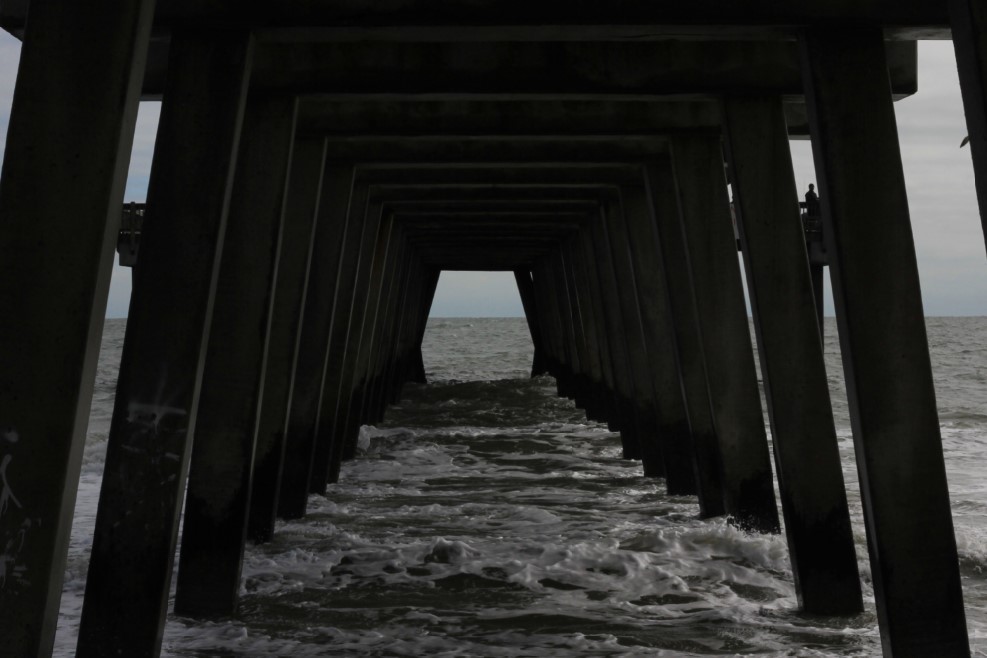
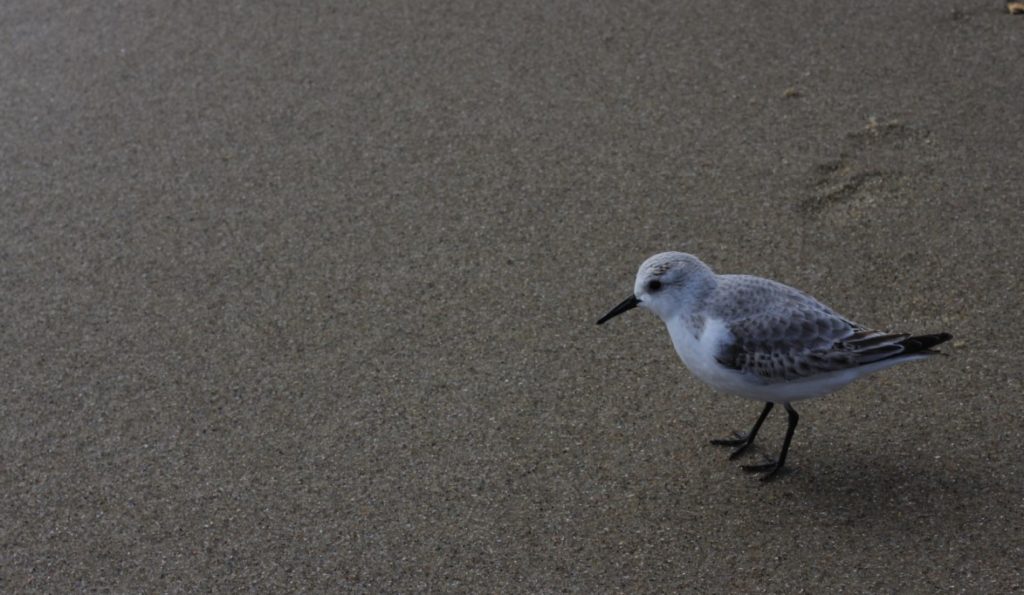
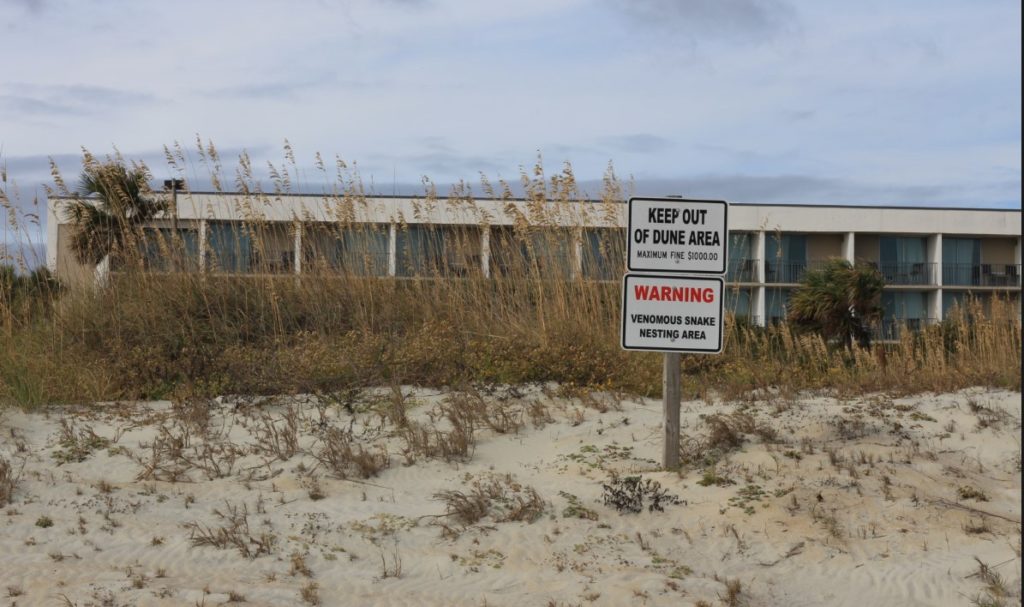
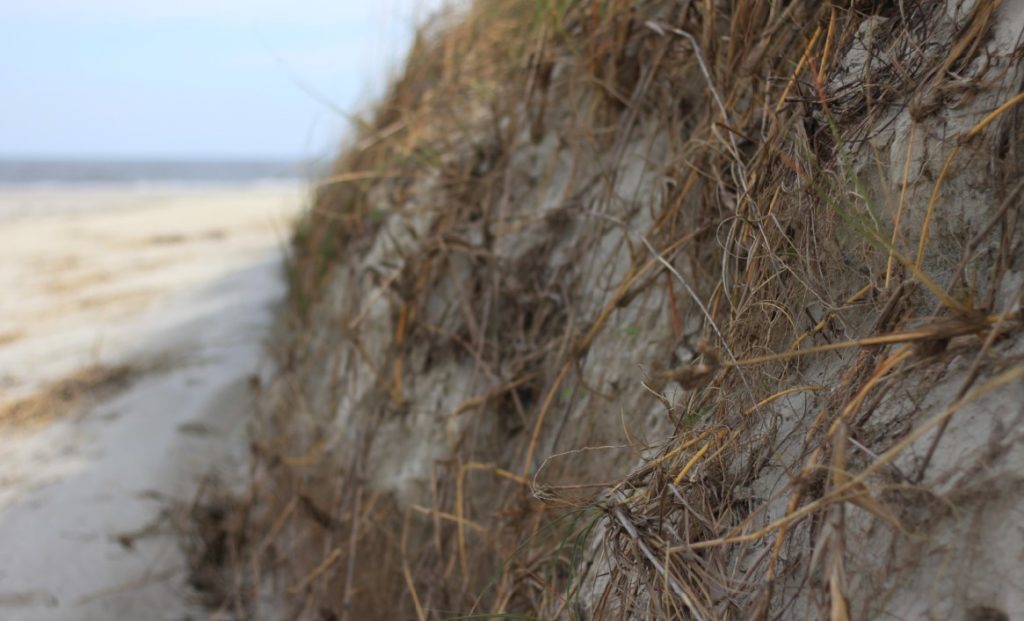
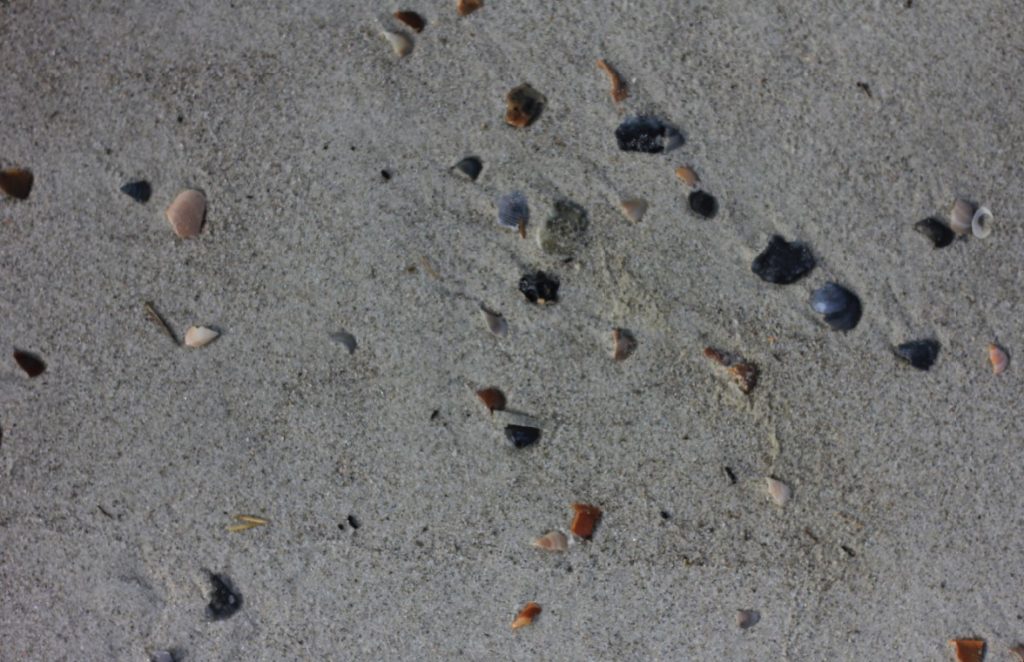
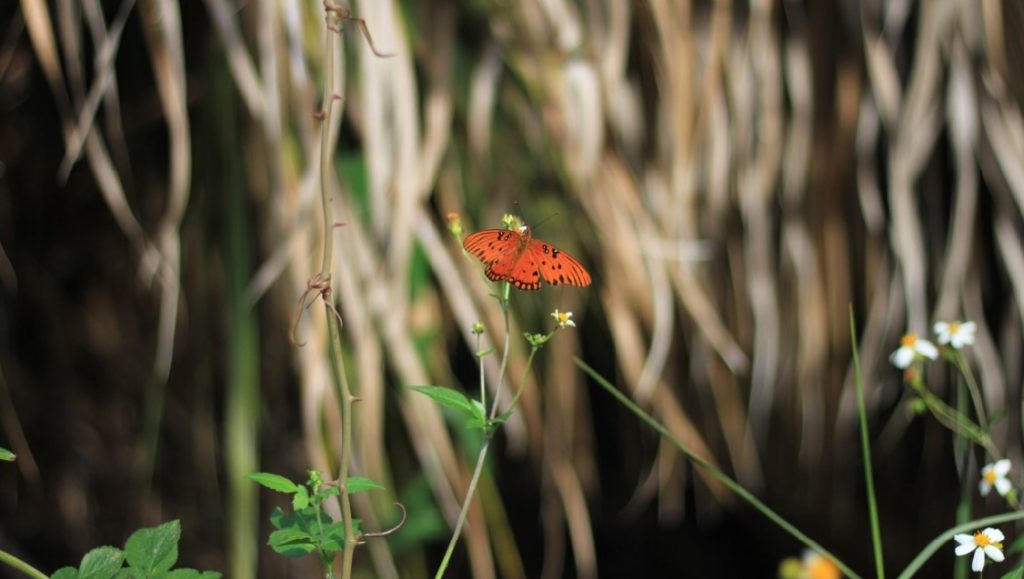
Our day in Savannah was a mix of chores: groceries (we were beginning to stock-pile for the Bahamas); giving Foggy a scrub; and filling our propane tanks. We also had some fun planned and including a visit to the Wormsloe State Historic Site, another walk about Savannah and meeting the absolutely lovely John and Peggy.
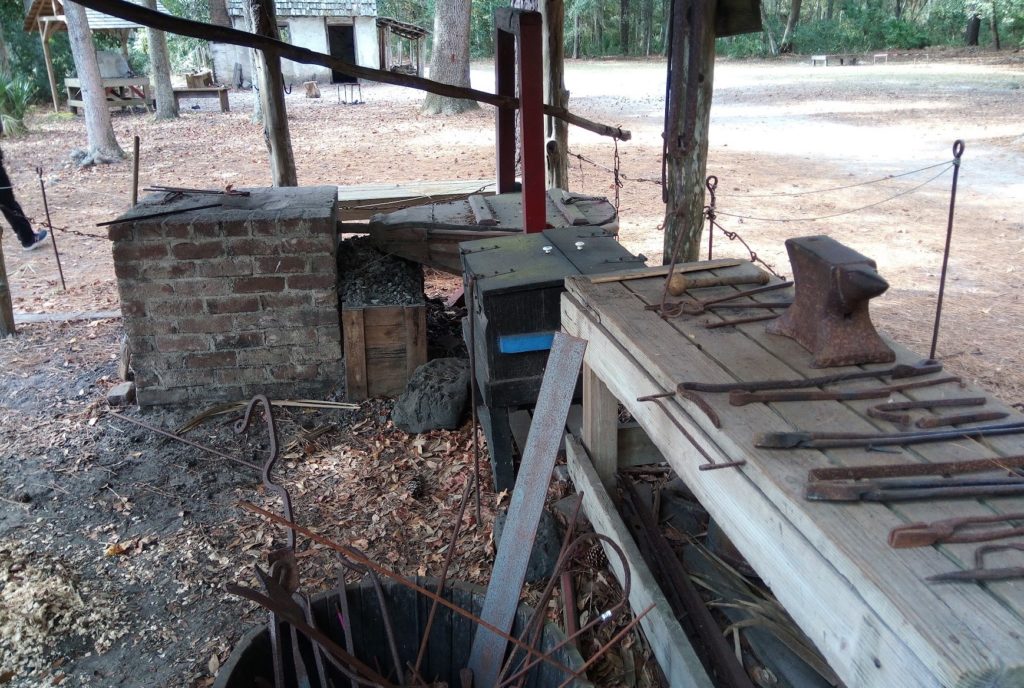
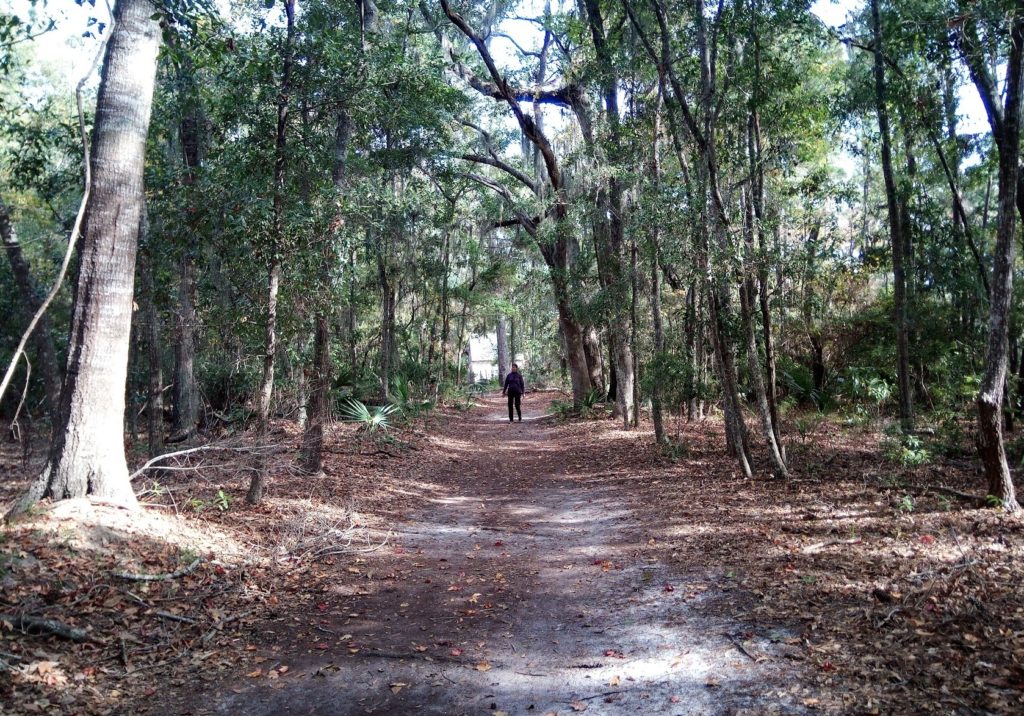
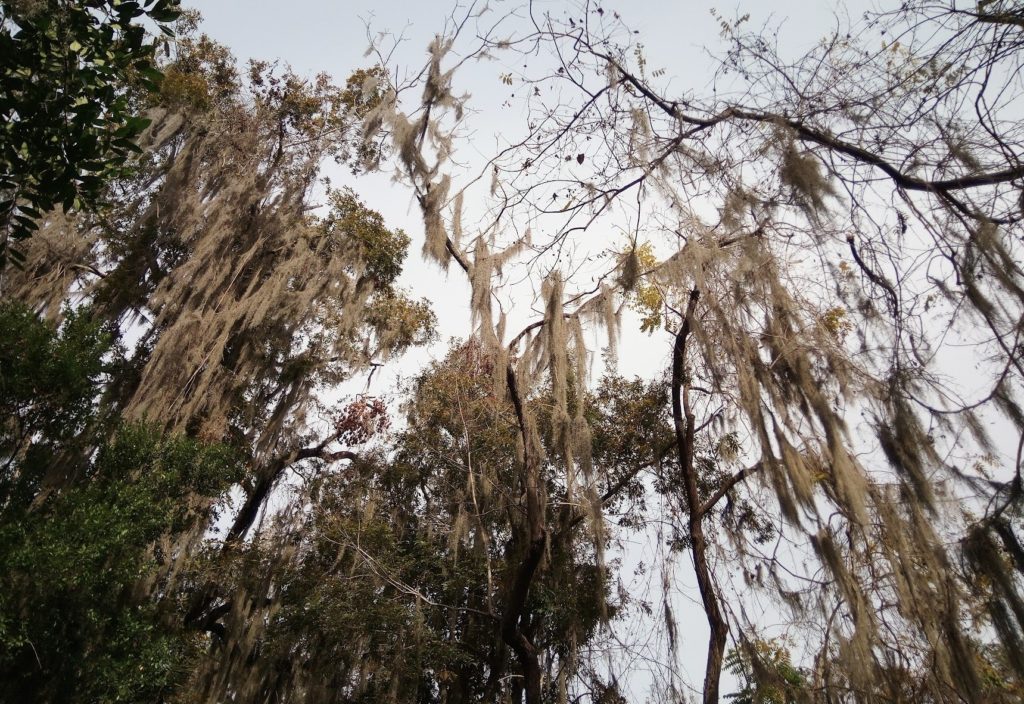
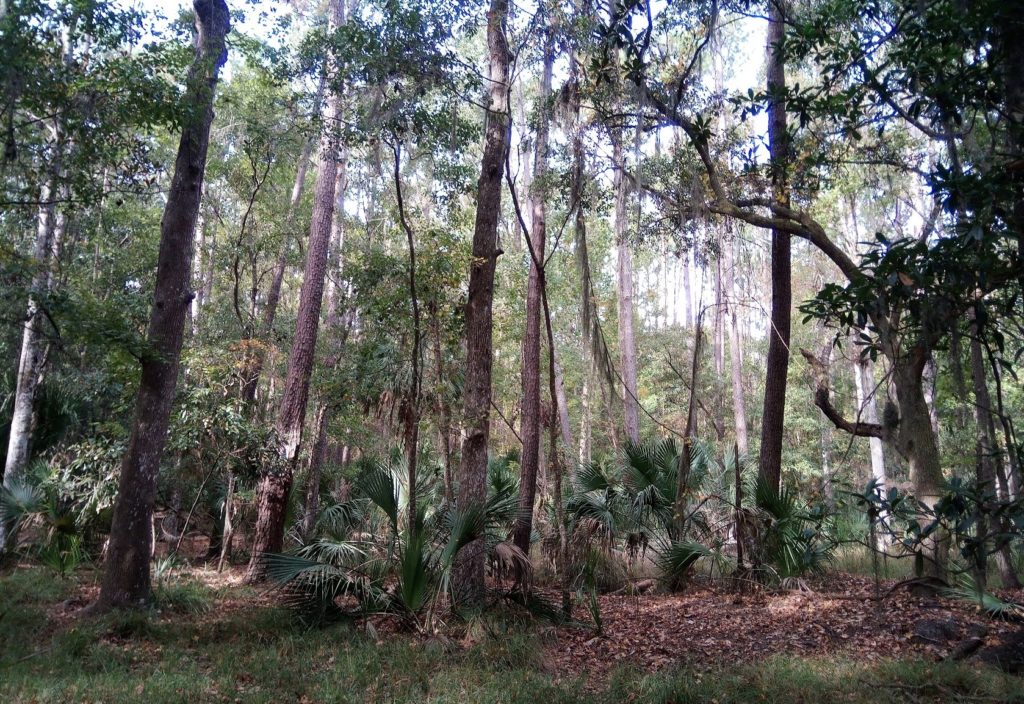
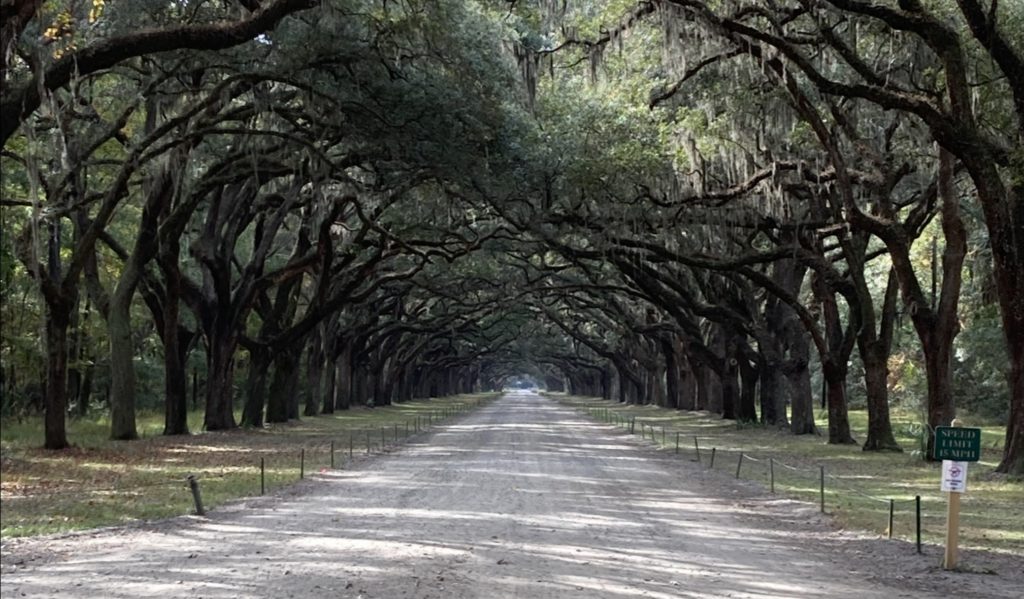
Wormsloe has a dark history, like most of the land in North America. It was inhabited by Mvskoke tribes when the Jones family arrived, ousted them and established a plantation. The plantation was maintained by slave labour, before the Jones family changed the property’s purpose from plantation to a historic site of Georgia’s colonial history. The land was owned by multiple generations of the Jones family, until the 1970s, when they transferred most of the property to the Nature Conservancy. I believe the family still maintains ownership of a parcel of land, which is not accessible to the public. To enter Wormsloe, we passed under its majestic masonry archway, and travelled down its oak lined lane. We visited various tabby-built buildings, the site museum, and hiked the battery and secondary trails. The trails were by-far our favourite part of the visit, where we saw mushrooms that looked like rising bread, creeks, marsh and birds-galore. We kept a close look-out for alligators and armadillos, but saw none. We left with that peaceful feeling one gets after some quality communion with nature.
When we left Wormsloe, we had a bit of time for a walk-about in downtown Savannah where we hoped to get some locally made Christmas gifts to send home to the kids. It was here we met Derek Larson, a whimsical ceramic and illustration artist, who was selling his art at one of the park squares. We spent some time talking to him about his work and bought two prints (one for our grandson Auckland, and one for Owen’s girlfriend Angie). If he had his ceramics work available at that time, which I perused online when we were back on the boat, I would have bought some of that too. If you are a lover of art, please check him out at www.DerekLarsonCermaics.com.
Next stop was dinner with Peggy and John at Desperados. Peggy and John are friends of Fran and Bob (Shane’s aunt and uncle). It was the first time meeting them, and they generously treated us to a seafood dinner. John and Peggy are captivating story tellers and are authentic, positive folks who filled our buckets and left us feeling pretty darn happy that we had met their acquaintance. John and Peggy both lived on boats in the past (Peggy a sail boat and John a motor boat). They met when Peggy gave up her house and moved onto a 41’ sailboat with no sailing experience. John was her go-to for 5 years as she learned different boat systems. Among the stories that evening, Peggy shared the history of near-by Osabaw Island. I hope I do this history-telling justice, that Peggy doesn’t mind me sharing (it’s fascinating) and that I’m relaying it accurately. Here goes….the last private owner of this island was a feisty women, whose name I think was Sandy. The island had been passed down generationally. When Sandy took ownership, she built tree houses on the island and offered their use to artists for six months stretches. Sandy had a pet boar (or was it a bear?) that she had rescued from an Eagle when it was just a piglet/cub. The island was also overrun with donkeys. Before Sandy passed at the age of 108 years old, she sold the island to the State of Georgia and presented the State with a thick ‘book’ stating what could and could not be done with the island. During these ‘negotiations,’ the State felt the donkey population was a concern so wanted to castrate the males. In response, Sandy held a meeting with State Officials (mostly males) to discuss the donkey population, where she asked each member if they would choose castration or a vasectomy for themselves. They all chose vasectomies, and thus the donkeys underwent vasectomies. However, this did not control the population because most of the mares were already pregnant when the mass-vasectomy clinic occurred (tee hee). I hope a book is written about Sandy; I’ll line up for that one. More can be read about Sandy at ossabawisland.org. We said farewell to Peggy and John, with invitations to have them aboard Foggy for dinner on her return trip home. Wonderful folks who we will not forget.
Wednesday morning was spent filling our water tanks, emptying our garbage and recycling, stowing groceries and grabbing last-minute showers at the marina. We noticed the boat was listing starboard and that we needed to add a weight redistribution to our to-do list, but had to time our departure during high tide to avoid currents and make for an easier exit. Peggy came down to the waterfront to wave goodbye. She saw us but we completely missed her, despite being on the deck with binoculars. It was a cool, dreary rainy day when we said so-long to Savannah and to Peggy. We had our eye on a good weather window forecasted for Saturday, so we motored the whole day, hoping to get to a good jump-off point for another outside passage that would deliver us to St. Augustine. We were in a bit of a rush to get to the Sailor’s Exchange (a buy and sell store), as they had an inventory of 5/16” G4 anchor chain, at an excellent price that we didn’t want to miss. During the day, I looked for flights to fly Gavin, Owen and Angie south for their reading weeks, but quickly realized it was too early to purchase, as we didn’t know where we would be in February. While underway, we also spent some time discussing our jump off point to cross the Gulf Stream to the Bahamas – would it be West Palm, Fort Lauderdale or Miami? Decisions, decisions. We anchored for the night in the Wahoo River off Sapelo Sound. Despite high winds and a high current, we held well, swinging in a beautiful c-shape pattern.
We planned a 40 NM motor to the Jekyll Island area, where we hoped to anchor for 2 nights while waiting for the aforementioned weather window for that outside hop. It was yet another grey wet day, but a bit warmer. We put 1/4 of our foresail out to help us along and stabilize the boat in some very weird, uncomfortable, confused chop. Despite the sea state, we noted a 10 knot speed-over-ground, which meant we had a spectacular push from the current. Overall, the day did not go well. We were passed by three power boats in close succession, which meant being rolled by three sets of wakes, before the former settled. Two of the boats gave us wide, slow courteous passes, but the third cut hard and fast across our bow, causing our bow to slam down and our engine to cut. Once again we threw down an emergency anchor to keep from running aground, while Shane tightened all the wires on the engine panel. We got up and running again, only to get hit again with another large wake from another boat and have the engine cut out again. Thankfully, it restarted right away and there was no need to put another anchor down. Although, some of the boats who passed us weren’t particularly cautious, the bottom line is that our engine shouldn’t die when hit with a big wave or wake. Shane planned on having a good look, once we were settled for the night. We also double checked with Sailors Exchange to make sure the chain was still available; it was. Had it not been, we would have slowed our pace. We anchored hat night off Lanier Island, close to a marina, rather than Jekyll Island. It wasn’t the prettiest, but had good holding, was close to a marina in case we couldn’t get our electrical issues sorted, and had an easy exit back into the Atlantic to get to St. Augustine. Strategy!
Our journal entries for Friday were sparse, so a bit of this is from memory. We took our dinghy from our anchorage to a little public dock to access Lanier Island. There was a strong current, especially as we passed under a small bridge just before the town’s dinghy dock and we wondered if we’d make it. (We saw pelicans floating backwards in the water!). It was a bit of a stretch for our little 2.3 HP Honda and when we got there we realized we had forgotten our shoes….again. So, back we went to Foggy to collect our shoes (a quicker ride back with the current in our favour), then turned around and slogged on back to the dingy dock. Lanier Island is a small resort town. We stumbled across a great sushi restaurant and picked up a pipe wrench needed to tighten our stuffing box. The rest of the day was spent on boat projects (stuffing box adjustment and engine panel trouble-shooting), feeling a bit of FOMO (other sailors were reporting great times on Jekyll Island, which we now planned to skip), working on boat projects, watching the weather and planning the next day’s route. We went to bed vowing to visit Jekyll Island on the way home.
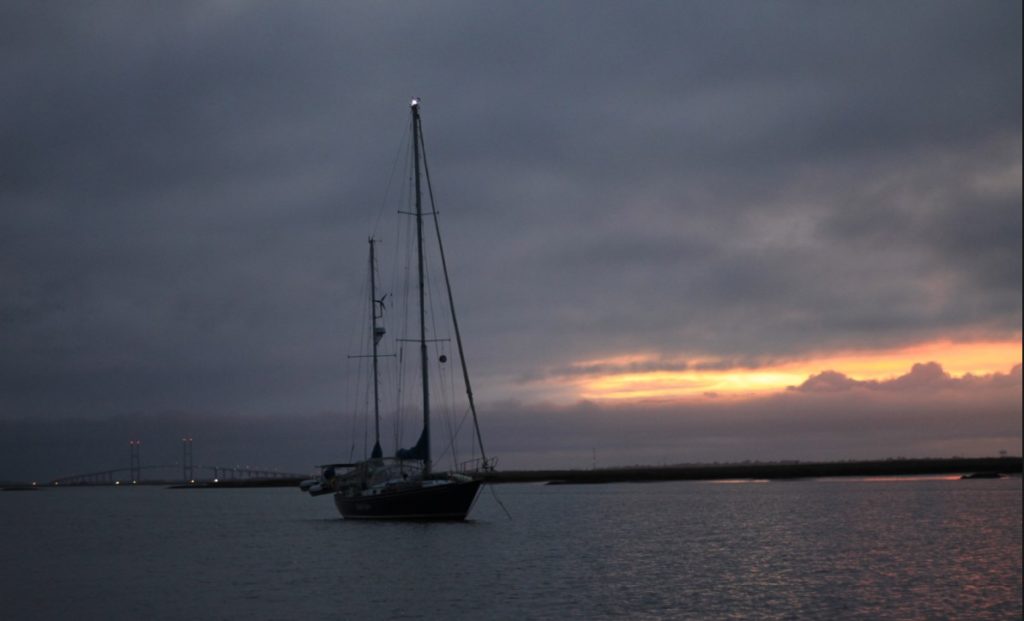
Fun Fact: Tabby was commonly used along the East coast for building. It’s a mixture of oyster shells, lime and water, all of which were readily available in the area. It can be shaped just like concrete.
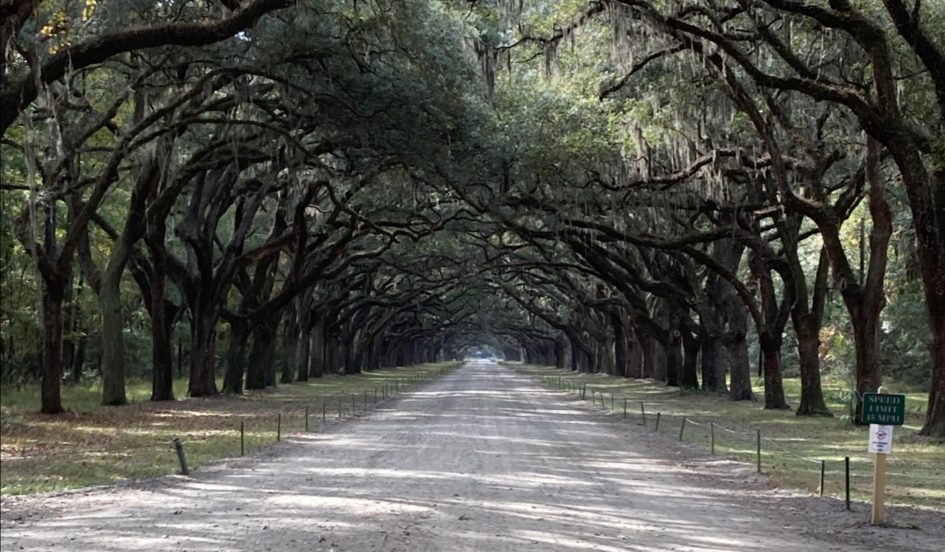
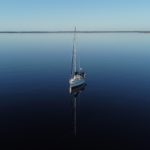
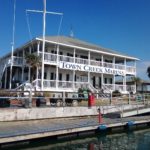
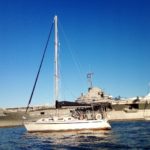
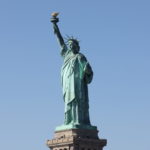
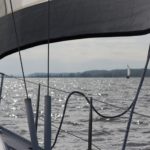
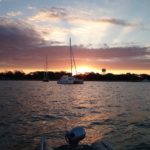
Leave a Reply